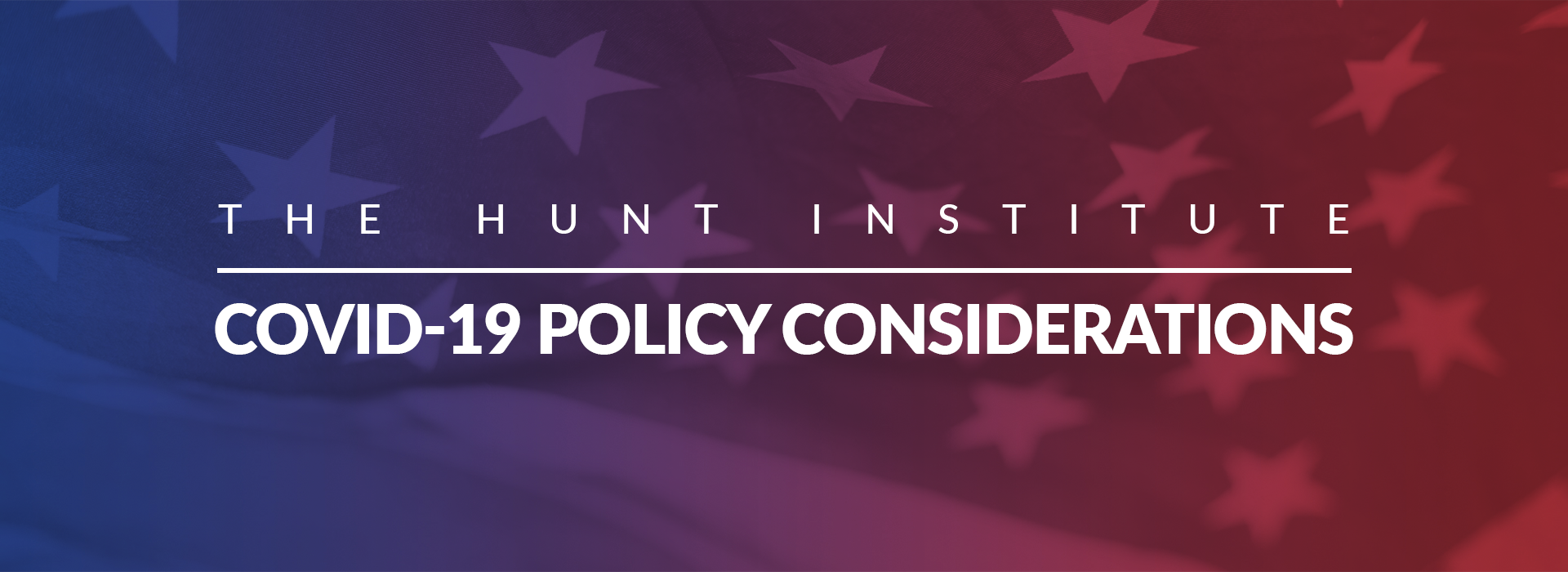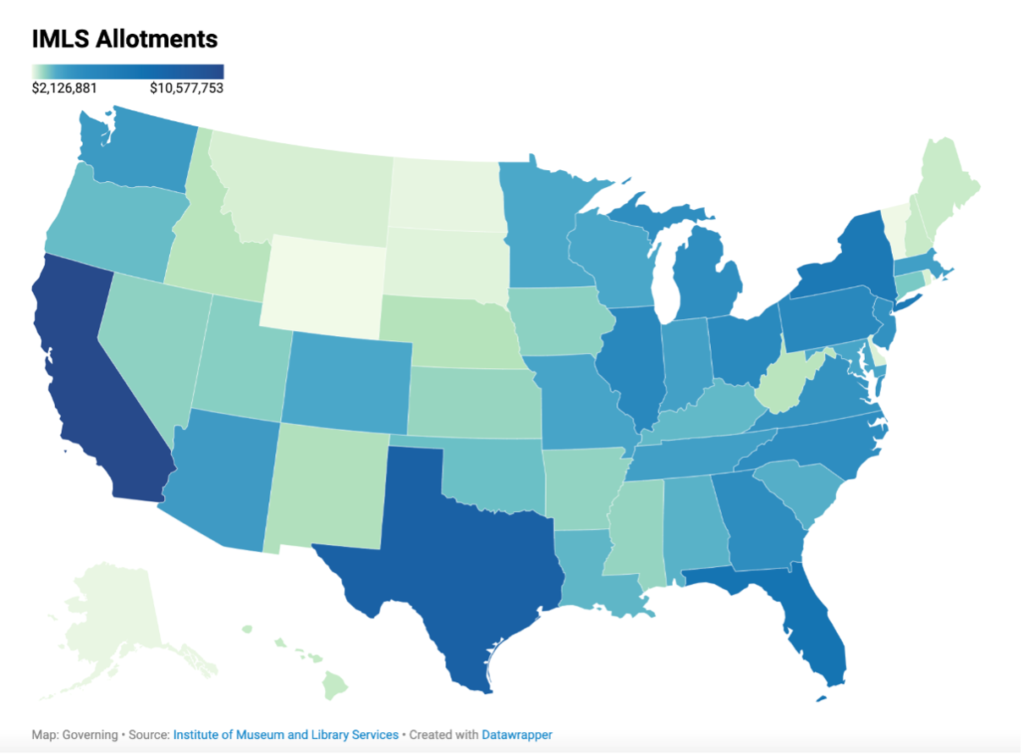

Public libraries, a safe haven and valuable resource for students and families, have not been immune to the severe effects of the COVID-19 pandemic. Following the onset of the pandemic in March 2020, libraries throughout the United States shut down in-person operations. These shutdowns negatively impacted students and families reliant on libraries as places to study, access internet, and socialize.
Following the temporary suspension of in-person operations, public library staff responded to challenges faced by students and families unable to access library resources. Though library doors were closed to the public, staff used creative methods to ensure students and families received necessary resources, specifically by increasing collections of digital books and video streams, offering curbside pickup for books, providing students with access to databases from home, and introducing chat services to help students find resources for research. Luckily, these efforts yielded positive results for many libraries, as digital and audio book usage increased following the onset of the pandemic. For example, Berkley Public Library in California saw a 50 percent increase in usage of the Library’s digital collection, OverDrive. Additionally, Oakland Public Library saw an increase in digital material checkouts and video streaming services.
The hard work done by library staff to connect with communities during a public health crisis led to positive impacts, allowing millions of children to access resources virtually. Still, the pandemic shined a light on significant inequities in American life such as the digital divide. Currently, millions of students lack internet access, and before the pandemic, libraries played instrumental roles in providing free internet for students without home access. The digital divide is evident throughout the country and is most pronounced in rural areas; a 2019 Pew Research Center survey revealed that less than two-thirds of Americans in rural areas have an internet connection at home, and among Americans with households incomes below $30,000, 4 out of 10 do not have a computer, and 3 out of 10 lack a smartphone. These inequities in the broadband and technological space have influenced state and federal policymakers to place closing the digital divide high up on their agendas, and to close that divide, investment in libraries will be critical.
Policymakers spearheading educational and economic recovery efforts should look to libraries as important instruments in that effort. For one, learning recovery will be a top task, and library investment has been shown to have positive effects on student achievement; as shown by Gilpin Karger, and Nencka (2021), capital investments in libraries of more than $1000 per student translate to a .02 standard deviation improvement student performance on standardized reading tests. Moreover, the role libraries can play in economic recovery cannot be understated. Following the Great Recession, Americans increasingly turned to libraries to access resources, skills training, and job search assistance.
Libraries serve as important instruments for educational and economic equity. In New Haven, Connecticut, the New Haven Public Library created an entrepreneurial hub within the library to create space for those often left out of the innovative economy in New Haven. Most importantly, libraries provide in-person refuge for students and families. Students living in troubled homes often have libraries to rely on as safe havens to learn and engage with others. Additionally, with millions of students leaving school before parents can leave work, libraries can serve as a viable alternative for child care and after-school opportunities.
Utilize federal relief. With an economic recession resulting in state budget shortfalls, many capital expenses, including libraries, have seen cuts in state funding. To alleviate the impacts of these cuts, libraries can take advantage of library-eligible funds coming from the American Rescue Plan (ARP). Much of these funds are allocated through the Institute of Museum and Library Services (IMLS), an independent federal agency that provides grants to libraries and museums.

Finally, libraries are eligible for direct grants provided by the National Endowments for the Arts and the Humanities, each of which are receiving $135 million. Using these funds will be critical as libraries expand their programs and play an ever-increasing role in the United States’ recovery from the pandemic. The table below shows all library-eligible ARP programs:
| ARP Funding | Amount |
| Institute of Museum and Library Services | $200,000,000 |
| Emergency Connectivity Fund | $7,172,000,000 |
| Local Government | $360,000,000 |
| Education Stabilization Fund | $130,000,000,000 |
| Higher Education | $40,000,000,000 |
| National Endowment for the Arts | $135,000,000 |
| National Endowment for the Humanities | $135,000,000 |
| Child Care and Development Block Grants | $39,000,000,000 |
| Head Start | $1,000,000,000 |
| State-Level Afterschool and Summer Programs | $9,100,000,000 |
| Local Afterschool and Summer Programs | $21,900,000,000 |
Seek Best Practices. Funding will be critical as libraries seek to keep operating during the pandemic. Several libraries have adopted practices to adapt to the pandemic, which are useful now, and will continue to be useful after the pandemic.
Leverage Partnerships. Finally, community leaders should take advantage of the wealth of resources and services libraries offer by forming partnerships with libraries in efforts to achieve educational and economic recovery. Community leaders understand the crucial roles libraries play in these recoveries by assisting impacted workers, students, and families, and keep communities connected during crisis. Partnerships can also be formed to push for increased public and private investment in libraries to boost their capacities to serve as valuable resources.